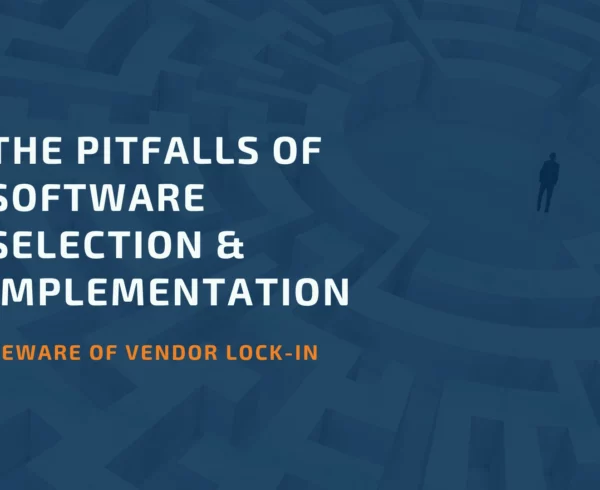
Many businesses worldwide have been negatively affected by the COVID-19 pandemic. As soon as the lockdown was announced, employees began scrambling for cover and conversely, the subsequent panic increased consumer demand substantially. At this time, many companies started to think about business models, modes of operation, workplace practices, processes, and policies. At a critical time like this, Business Process Reengineering (BPR) can help organizations maximize customer value while minimizing the consumption of resources.
Yes, it is a fact that the COVID-19 crisis completely changed the business world. Nevertheless, BPR can make powerful improvements that will help organizations free themselves from traditional processes by focusing on improving organizational operations enterprise-wide.
Business Process Reengineering vs Business Process Improvements?
Traditional business processes with inherent internal controls functioned well during the pre-pandemic era. However, the current crisis has placed resource limitations on businesses, forcing them to adapt their strategies to adjust to the new reality. As a result, many companies are beginning to understand that redesigning these controls and procedures works well.
Now is the opportune time to assess your business strategy design, simplify and redesign business processes, and develop systems of internal controls that will enable your businesses to remain resolute and emerge from the crises leaner and more agile.
Both business process reengineering and improvements have the same end goal: to make changes that will result in improved performance. The main distinction between them is the size and scale of the changes. Business process improvements are minor changes planned to improve an exact procedure within an organization. On the other hand, business process reengineering changes processes on a much bigger scale. So, rather than looking at smaller individual steps, BPR assesses the whole company and reconfigures how the entire business operates.

Invest In Technology
Technology has the power to be whatever one wants it to be for an organization—it can dramatically improve productivity, enhance customer experiences, and build new businesses. Many companies that delayed home office projects had to respond quickly and devise technical alternatives and investments to solve these initiatives. They had no choice, as adopting remote access, video conferencing, and file-sharing tools were crucial to maintaining the flow of operations. It is interesting to note that having to do this made many companies realize keeping teams in the same office is not needed to maintain providing excellent service in real-time.
Hybrid Work Becomes Mainstream
There is no doubt that hybrid work is here to stay – it is the future! 75% of hybrid or remote workers agree they expect to get a choice to work flexibly in the future. It is believed that if an organization chooses to return to a fully staffed on-site model, it will risk losing up to 39% of its workforce. So, to develop a new, human-centric model for the hybrid environment, companies must design work around employee-driven flexibility, human leadership, and culture connectedness.
Work-Life Balance
Because of the pandemic, many organizations have become more focused on their employees’ health and well-being. As a result, human resources began to adopt the many new initiatives available to help support the emotional health of their employees.
Currently, competition in the labour market and high inflation are putting pressure on wages. As a result, many organizations can’t afford to raise salaries as quickly as employees want or expect. Moreover, employers cannot attract and keep talent on compensation alone if inflation continues to rise. This situation pushes organizations to rethink their Employee Value Proposition (EVP) with reduced hours. To make a shorter work week possible, business leaders and HR managers must review roles and processes by working together.

Reinforce The Sense of Collaboration and Community
Witnessing companies and society collaborating to help others when faced with health, economic, and business challenges was beautiful. That vital link must be encouraged within the organization after the pandemic is over. Businesses can do this by breaking barriers, shortening silos, and urging teams to build new collaborative projects. The best initiatives are usually born from the union of diverse (and distinct) ideas and opinions.
Conclusion
No matter the size, businesses that deliberately or with ignorance refuse to embrace technology and reengineer their business processes to include IT will soon be out of business. The race is already on, and the best time to review your business process to integrate new efficient technology is NOW!
Give us a call at BHC Group, and we can assist you with all your future projects.
Must Read:





